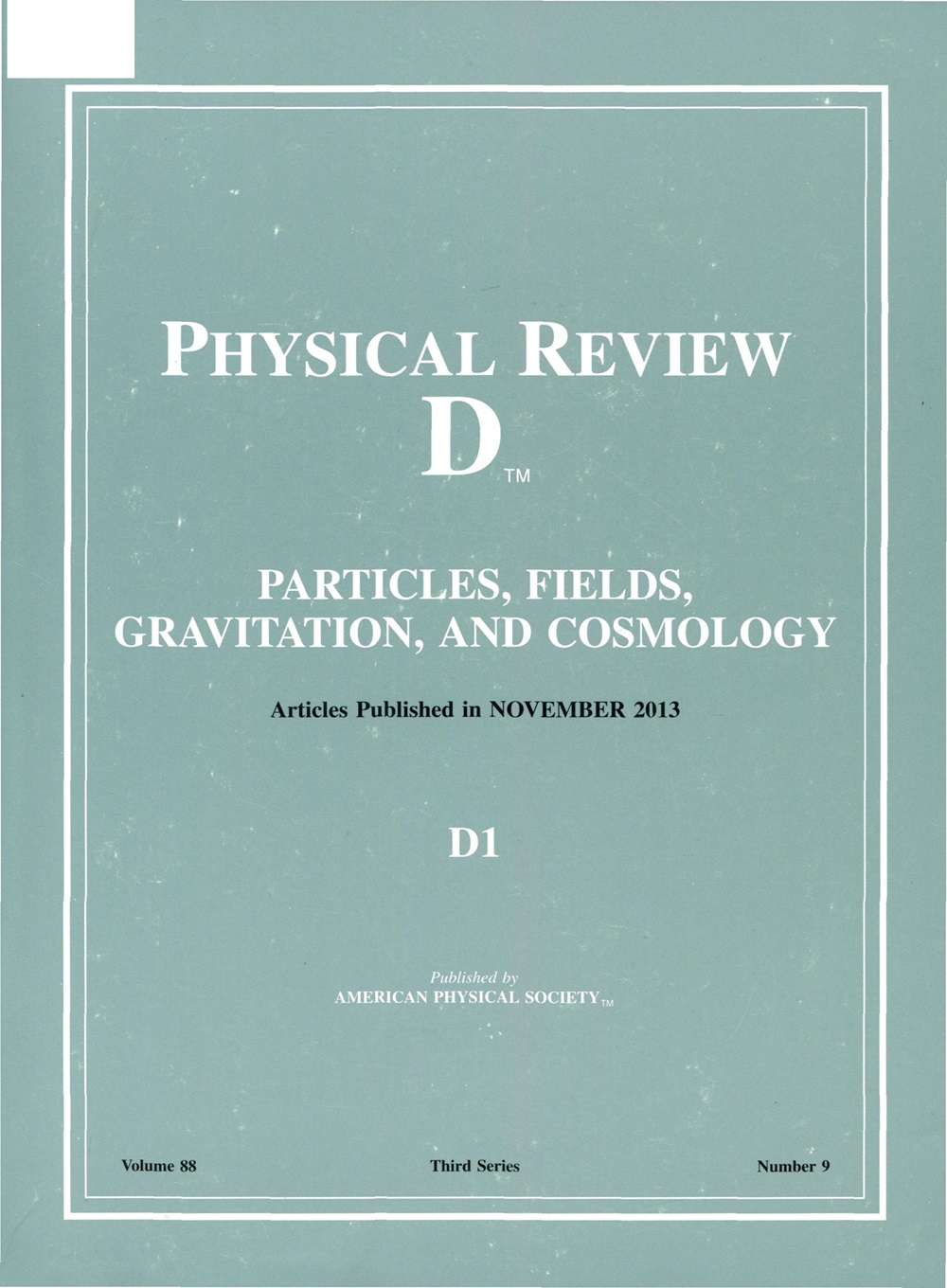Probing double hadron resonance by the complex-momentum-representation method
IF 5
2区 物理与天体物理
Q1 Physics and Astronomy
引用次数: 0
Abstract
Resonances are ubiquitous phenomena in nature, and physicists have developed many methods to explore resonant states. Of particular note is the complex-momentum-representation (CMR) method, which has been developed and widely used in the study of resonant states in atomic, molecular, and nuclear physics. Here, for the first time, we have developed this novel method to study hadron resonant states. The CMR method is applied to probe the bound and resonant states for the ΛcD(D¯) and求助全文
约1分钟内获得全文
求助全文
来源期刊

Physical Review D
物理-天文与天体物理
CiteScore
9.20
自引率
36.00%
发文量
0
审稿时长
2 months
期刊介绍:
Physical Review D (PRD) is a leading journal in elementary particle physics, field theory, gravitation, and cosmology and is one of the top-cited journals in high-energy physics.
PRD covers experimental and theoretical results in all aspects of particle physics, field theory, gravitation and cosmology, including:
Particle physics experiments,
Electroweak interactions,
Strong interactions,
Lattice field theories, lattice QCD,
Beyond the standard model physics,
Phenomenological aspects of field theory, general methods,
Gravity, cosmology, cosmic rays,
Astrophysics and astroparticle physics,
General relativity,
Formal aspects of field theory, field theory in curved space,
String theory, quantum gravity, gauge/gravity duality.
 求助内容:
求助内容: 应助结果提醒方式:
应助结果提醒方式:


